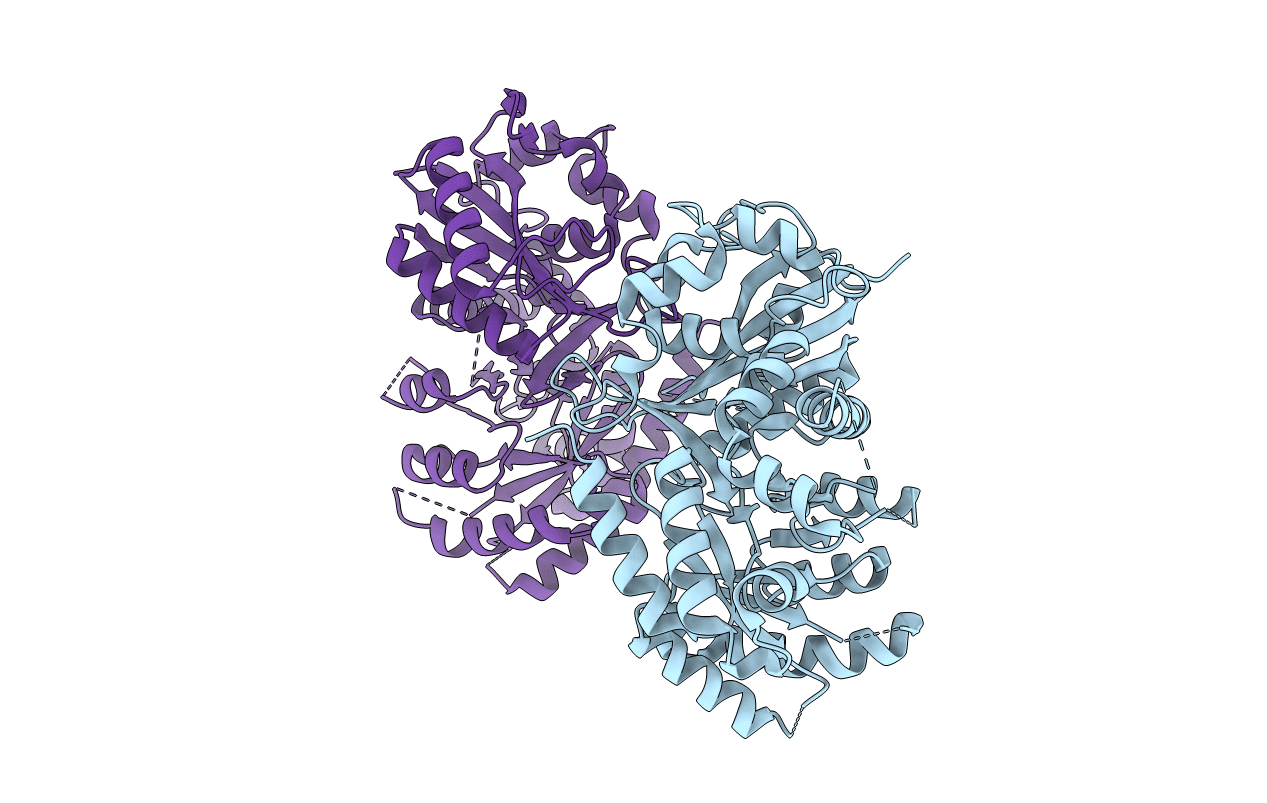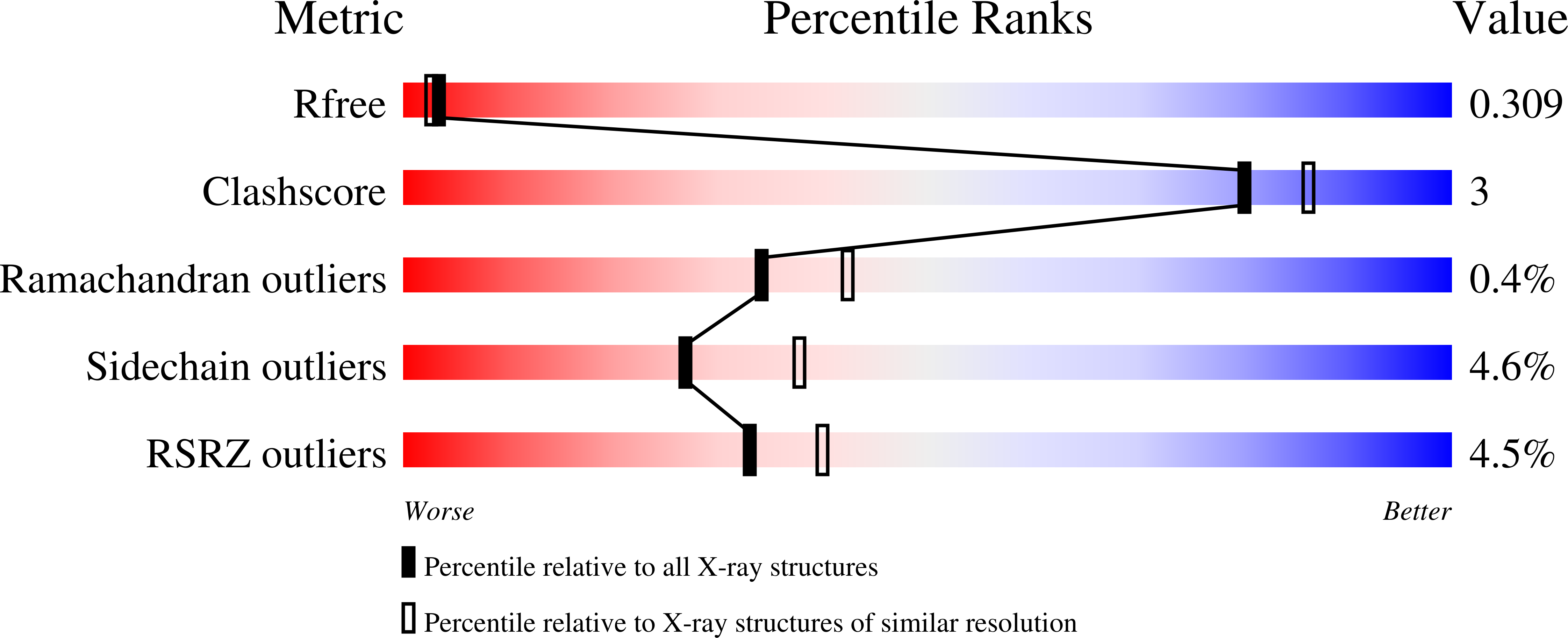
Deposition Date
2021-05-05
Release Date
2021-12-08
Last Version Date
2023-10-18
Entry Detail
Biological Source:
Source Organism:
Arabidopsis thaliana (Taxon ID: 3702)
Host Organism:
Method Details:
Experimental Method:
Resolution:
2.30 Å
R-Value Free:
0.29
R-Value Work:
0.23
Space Group:
C 2 2 21


